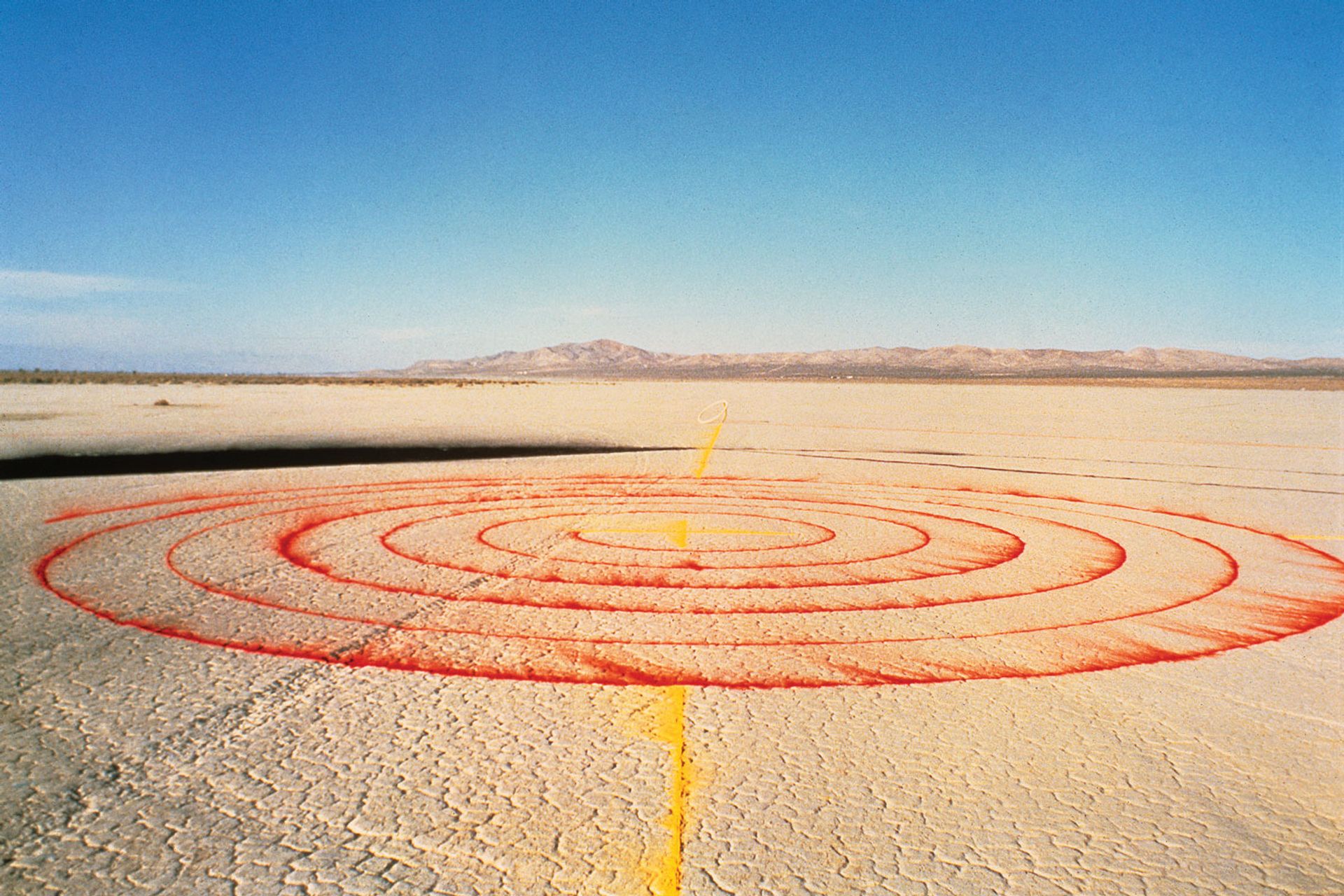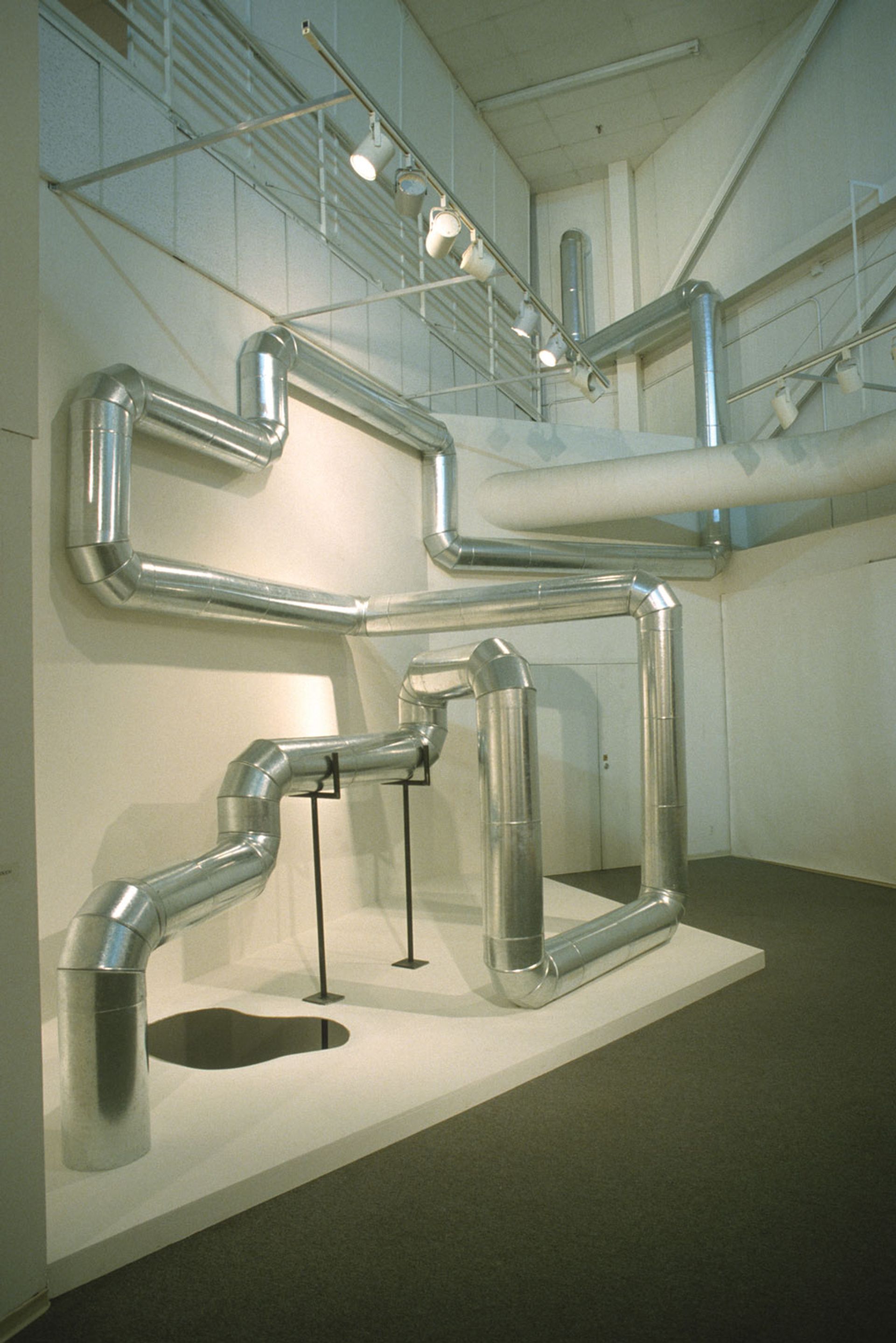The land art movement that emerged in the US in the 1960s has been a historically masculine preserve, with artists such as Michael Heizer, Robert Smithson and Walter De Maria at the forefront of most readings of the genre. But this month, the Nasher Sculpture Center (NSC) in Dallas, Texas, aims to feminise the narrative with Groundswell: Women of Land Art, a major exhibition that celebrates a multi-generational roster of artists, many of whom did not reach the echelons of their male peers during their lifetime.
The exhibition will feature indoor and outdoor installations, sculptures, photographs and other ephemera by artists including Lita Albuquerque, Beverly Buchanan, Agnes Denes, Maren Hassinger, Patricia Johanson, Ana Mendieta, Jody Pinto, Meg Webster and Nancy Holt (who inspired the making of the show).
The NSC associate curator Leigh Arnold began collaborating with Holt while working on Robert Smithson in Texas, a publication and exhibition at the Dallas Museum of Art in 2013. She also helped to realise Holt’s final film, The Making of Amarillo Ramp (1973/2013)—in which Holt, Smithson’s widow, captured herself, Richard Serra and Tony Shafrazi completing Smithson’s final earthwork, left incomplete in 1973 after he died in a plane crash while scouting the site for the piece.

Lita Albuquerque's Spine of the Earth (1980) in the Mojave Desert, California © Lita Albuquerque; Photo: Courtesy of the artist and Kohn Gallery, Los Angeles
“During this time, I was able to develop a relationship with Holt but it was always through the lens of her partner’s work,” Arnold says. “Whenever the conversation would shift to her, she would refocus us on the task at hand.”
Arnold adds: “So much of her career was eclipsed by the fact that she was responsible for preserving [Smithson’s] estate for so many years. The conversation around her work often stops at Sun Tunnels [1973-76]. I thought: if someone of Holt’s status was still little known, then what else is there beyond what’s been canonised?”
Several works have been reimagined for the NSC show, including Holt’s monumental Pipeline (1986/2023), reconceived in collaboration with the Holt/Smithson Foundation. (Holt died in 2014, aged 75.) A centrepiece of the show, it comprises a colossal steel pipe installed in the museum grounds and snaking into the galleries, where a section leaks oil that pools onto a white base. Holt made a smaller version of the work in the 1980s in Anchorage after she was struck by the way the Trans-Alaska Pipeline infiltrated the landscape.
Most earthworks by women artists are ‘additive, rather than extractive, or rooted in this idea of working with the landscape and with the earth’Leigh Arnold, curator
The exhibition comes at an opportune time, when events like the culmination of Heizer’s City in 2022—a majestic work more than a mile long, which cost around $40m and took the artist 50 years to complete—are reigniting conversations around earthworks and ethical land use. An overarching theme of the show is the idea of ephemerality; in contrast to works like Heizer’s magnum opus, most earthworks by women artists are “additive, rather than extractive, or rooted in this idea of working with the landscape and with the earth rather than imposing something on its surface”, Arnold says.

Holt's Pipeline (1986) © 2023 Holt/Smithson Foundation / Licensed by ARS, New York
But there are many artists in the exhibition who did have aspirations to make larger or permanent works but did not have the backing. “We tend to look at permanence as a virtue that should be celebrated, but many of these women artists—by nature of the fact of their gender—didn’t have access to the type of funding required to build something more permanent, so their work was largely ephemeral and doesn’t exist anymore,” Arnold says. “It can’t enter the market to be sold, and it doesn’t still exist out there to be mythologised, like [Smithson’s] Spiral Jetty or [Heizer’s] Double Negative.”
She adds: “What Groundswell wants to do is make people understand that these male artists don’t define the movement, and there’s greater nuances within land art that can’t be understood if you only focus on the same artists over and over again. Still, there’s no black-and-white divide—like here’s what women do, and here’s what men do—because that’s just decentralising them down to their genders and not their work.”
• Groundswell: Women of Land Art, Nasher Sculpture Center, Dallas, 23 September-7 January 2024


